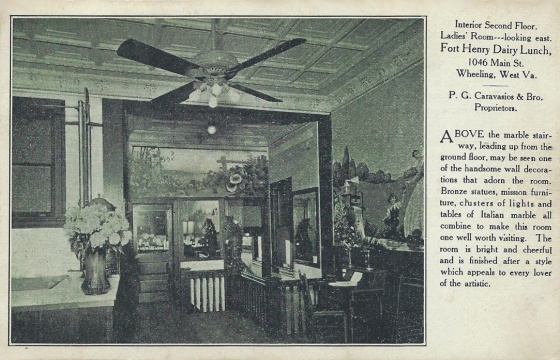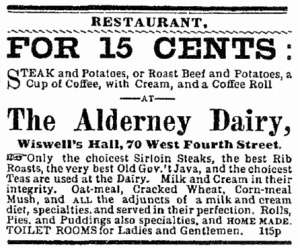From The New Arab:
No men allowed? Conservative Moroccan women demand ladies-only beaches
In Morocco, attitudes towards women's bodies are conservative
Date of publication: 22 July 2016
Women in Morocco have demanded that authorities set up a women-only public beach so that they can enjoy the sweltering summer heat away from the eyes of leering men.
Women in Morocco have demanded authorities set up a women-only public beach so that they can enjoy the sweltering summer heat away from the eyes of "leering men".
An activist group is campaigning to have their own stretch of public land where they can swim in accordance with their religious beliefs without the fear of being sexually harassed.
"If we take into consideration freedom and human rights then women clearly have the right enjoy the beach as they wish and according to their religious principles," women's rights campaigner, Fouzia al-Salhi, told The New Arab.
"The beaches are justified because there are women who refrain from undressing in front of men to swim because Islam commands that women conceal themselves and show modesty. We must respect their beliefs and protect their honour."
But the move has sparked controversy in the kingdom.
Activist Noureddine Mohammadi claimed women-only beaches would only further encourage intolerance and gender segregation.
"The calls for these female beaches happen every summer and come from Islamist groups that follow ideological convictions that women's bodies are disgraceful," Mohammadi said.
He also said that the ladies beaches could lead to other public spaces being gender segregated such as parks.
In Morocco, attitudes towards women's bodies are conservative, which can put women who are deemed to be scantily dressed at risk of harassment.
Last year, two women who walked through a market wearing dresses faced charges of "gross indecency" - they were eventually cleared of the charges.
Local media reported this week that police were investigating a Facebook group posting images of women in bikinis in a bid to make them "turn to God".
"Watch out, young Moroccan women, we have eyes that are filming you on the beaches and we will show your photos to prevent the deterioration of the country," the group said.
Private beaches with areas allocated for women are common around the Middle East; however, they are usually expensive, making them inaccessible to the majority of the population.
In February, the United Arab Emirates dedicated a stretch of the coastline for women to sunbathe and enjoy the beach in privacy.
An activist group is campaigning to have their own stretch of public land where they can swim in accordance with their religious beliefs without the fear of being sexually harassed.
"If we take into consideration freedom and human rights then women clearly have the right enjoy the beach as they wish and according to their religious principles," women's rights campaigner, Fouzia al-Salhi, told The New Arab.
"The beaches are justified because there are women who refrain from undressing in front of men to swim because Islam commands that women conceal themselves and show modesty. We must respect their beliefs and protect their honour."
But the move has sparked controversy in the kingdom.
Activist Noureddine Mohammadi claimed women-only beaches would only further encourage intolerance and gender segregation.
"The calls for these female beaches happen every summer and come from Islamist groups that follow ideological convictions that women's bodies are disgraceful," Mohammadi said.
 | Conservative-leaning women want to enjoy the beach in privacy away from prying eyes, but opponents say it's a slippery slope for more gender segregation |  |
| Private women's beaches are common in the Middle East [Getty] |
In Morocco, attitudes towards women's bodies are conservative, which can put women who are deemed to be scantily dressed at risk of harassment.
Last year, two women who walked through a market wearing dresses faced charges of "gross indecency" - they were eventually cleared of the charges.
Local media reported this week that police were investigating a Facebook group posting images of women in bikinis in a bid to make them "turn to God".
"Watch out, young Moroccan women, we have eyes that are filming you on the beaches and we will show your photos to prevent the deterioration of the country," the group said.
Private beaches with areas allocated for women are common around the Middle East; however, they are usually expensive, making them inaccessible to the majority of the population.
In February, the United Arab Emirates dedicated a stretch of the coastline for women to sunbathe and enjoy the beach in privacy.




